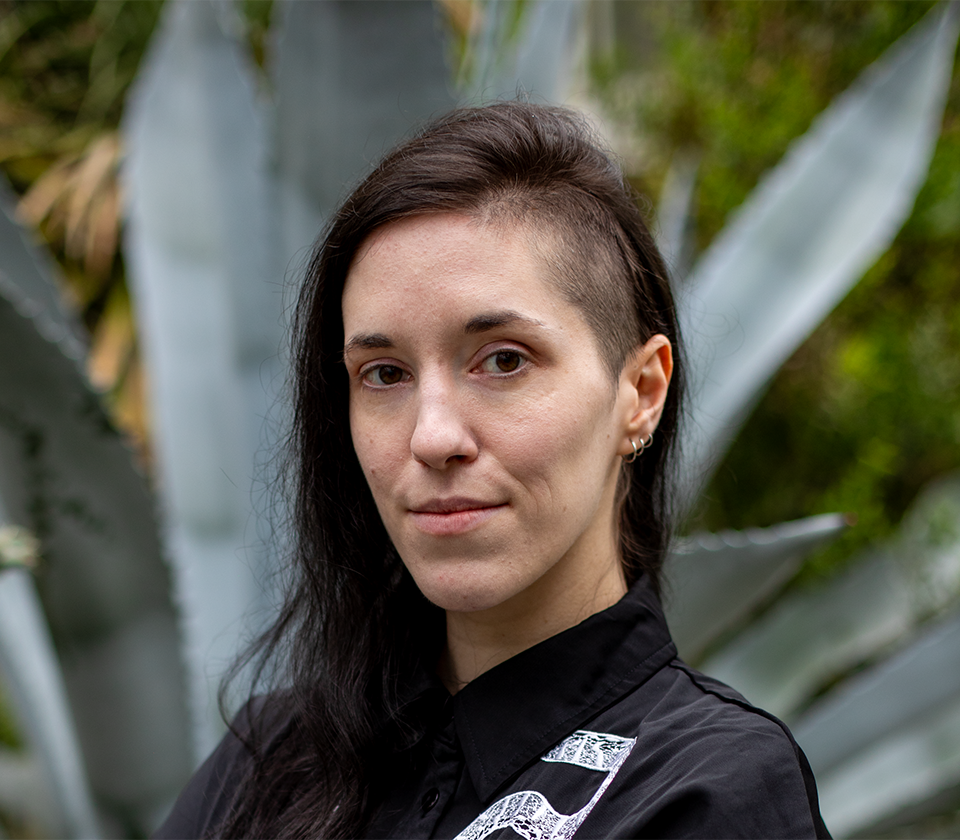Nearshoring series part 5: Belgrade's culture and influences
from Celia Fässler at
After dealing with the technological onboarding of nearshoring teams in the last blog, we are now moving on to a completely different but equally important topic: cultural integration. After all, nearshoring is not just about technology - it is primarily about how different cultures come together. And as we see in the diselva Nearshore Excellence Framework, cultural adaptation is a key success factor for long-term collaboration.
Let yourself getting involved can lead to incredible enrichment (which I can only recommend). At my last job, I was able to gain 3 years of experience in project constellations with different Belgrade teams. Getting to know the cultural history was always incredibly exciting for me, as I also wanted to know what currently moves my Belgrade colleagues and what has shaped them in the past.

Hospitality and warmth
Rarely have I met a country and its inhabitants who were so hospitable. There is also no shortage of culinary delights. No matter what type of food you choose, you will definitely get your money's worth in Belgrade. What is particularly striking is the strong sense of community, which is certainly also due to the high value placed on family. Mutual support, even in multigenerational set-ups, is commonplace here. Serbian law also provides for comprehensive maternity leave of one year, which can be taken 28 to 45 days before the expected date of birth (Switzerland can take a leaf out of this book). Fathers are entitled to 7 days paternity leave.
Cultural values and language
Openness, honesty and, above all, respect are highly valued in Belgrade. It is all the more important when the work done is recognized and appreciated accordingly. Serbian is spoken in Belgrade - if you learn a few words of Serbian, it is always well received (especially curse words). English skills, especially among younger Belgrade residents, are also at a very high level. This is also due to the fact that popular films and series are not dubbed into Serbian.
Local working guidelines
The daily working time for Belgrade employees is 8 hours, including a 30-minute lunch break. They often start work at 9.00 a.m. - and not because they are lazy. It is often forgotten that the commute to work is often around 1.5 hours and the traffic volume in the city centre is extremely high. Serbian labour law also stipulates that employees receive monthly feedback from their employer. In terms of travel, it is also important to always check whether certain travel restrictions apply to Belgrade residents.
Religion
In Belgrade itself, according to a 2002 census, 90.7% of the population belongs to the Orthodox denomination. This has a strong influence on social norms, family values and the cultural identity of the people of Belgrade. There are therefore various public holidays in Serbia that should definitely be taken into account. For example, the Serbian New Year on 13/14 January (Srpska Nova Godina), Orthodox Christmas on 7 January (Božić) or Saint Sava's Day on 27 January (Dan Svetog Sava). St Sava is considered the founder and first archbishop of the Serbian Orthodox Church.
Politics and political past
What is often forgotten is the fact that Belgrade was severely affected by the Kosovo War in 1999. Many of my former colleagues experienced the NATO bombing as children and have therefore been shaped accordingly, as this has left deep scars. Even today, you can still see numerous ruins of buildings in the city centre that are marked by this.
Sport and art scene
Football is a big topic in Belgrade and the most popular sport, followed by basketball and tennis. The most successful football teams include Red Star, Partizan and OFK from Belgrade, to name but a few.
Belgrade also has an extensive artistic scene with numerous galleries, theatres and regular music events.
Conclusion and personal summary
I hope this little insight into Serbian culture and working methods will help you gain a better understanding of working in Belgrade. My conclusion from these three years: I can only warmly recommend getting to know Serbian culture.
Do you have any other additions and have you also been able to gain work experience in Belgrade? I'm looking forward to your input!
If you still have questions or need support with integration and collaboration with nearshore teams in Belgrade, we are of course here to help. Cultural hurdles can sometimes seem big, but with the right support and an open mindset, they are quickly overcome.
